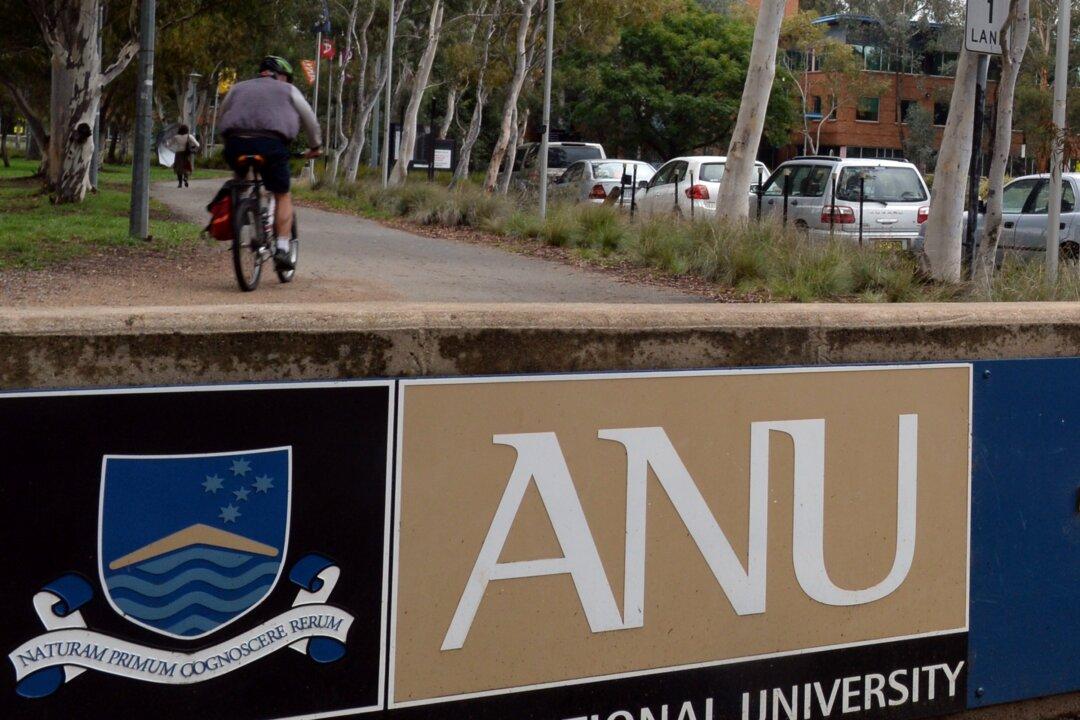The Australian National University (ANU) will be the first university in the country to commit to reducing greenhouse emissions to negative levels by 2030.
In an announcement on Thursday, ANU Vice-Chancellor Brian Schmidt said the university was “walking the walk” in tackling climate change in an ambitious initiative called the Below Zero Initiative.





